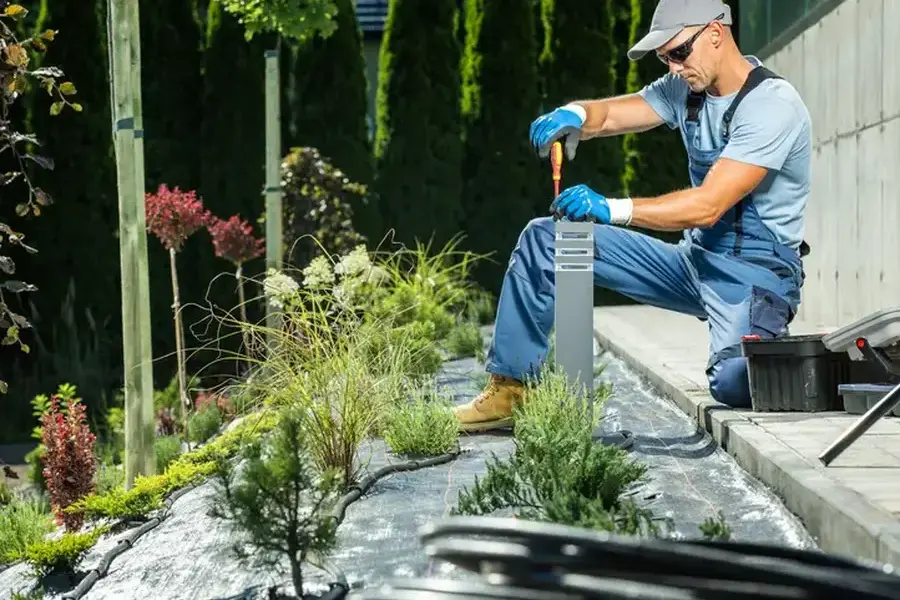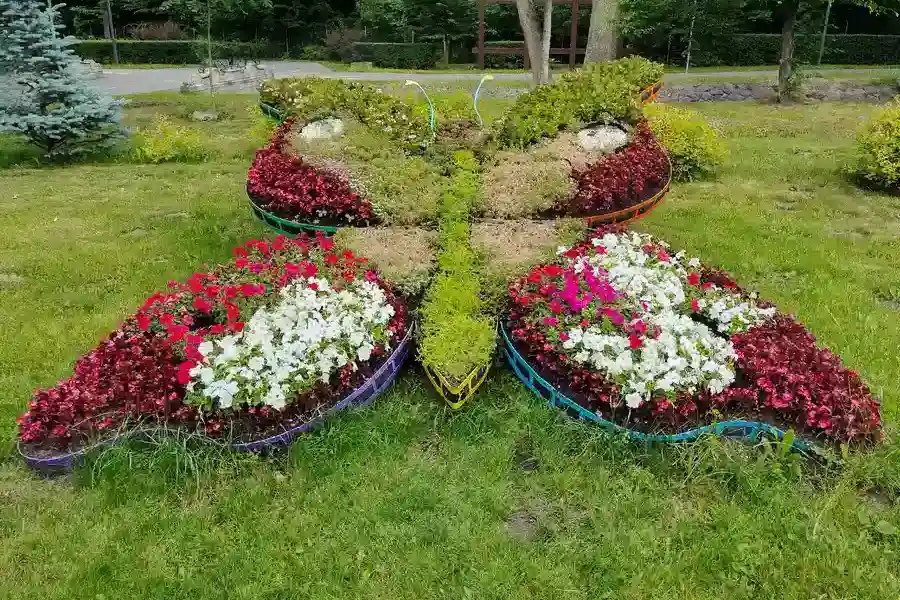Effective Techniques to Manage Excess Water in Your Yard
Proper drainage is vital for maintaining a healthy and lush landscape. Poor water management can lead to soil erosion, plant diseases, and even structural damage to your property. By understanding how landscaping choices impact drainage, you can create an outdoor space that handles water effectively while enhancing the beauty of your home. This article explores various techniques and practices used in landscape design to improve property drainage.

The Importance of Effective Water Management
Managing excess water on your property ensures that your plants thrive and reduces risks like flooding. Without a good drainage system, heavy rain can cause significant problems such as standing water, which leads to mud and mosquitoes. Additionally, proper drainage helps protect your home’s foundation from damage due to water accumulation.
Strategic Plant Placement
Landscape installation involves planning where each plant should be located to enhance drainage. Placing thirsty plants in low-lying areas where water collects can help absorb excess moisture. Similarly, installing ground cover plants on slopes prevents soil erosion by holding the soil together with their roots.

Using Hardscapes Wisely
Incorporating hardscape elements like pathways, patios, and retaining walls during landscape installation can redirect water flow away from critical areas. For example, permeable paving materials allow water to seep through rather than running off, reducing surface runoff and promoting groundwater recharge.
Implementing French Drains
A French drain is an effective solution for managing surface water. It consists of a trench filled with gravel or rock that directs water away from problem areas. Installing this feature can prevent pooling and reduce the risk of flood-related damage around your home.
- Select a suitable location based on slope and water flow patterns
- Dig a trench along the designated path
- Line it with gravel, placing a perforated pipe at the bottom
- Cover the pipe with more gravel to facilitate drainage
The Role of Rain Gardens
Rain gardens are another innovative way to manage stormwater naturally. They involve creating shallow depressions in your yard planted with native vegetation that tolerates wet conditions. This setup allows rainwater to infiltrate the soil gradually, filtering pollutants and providing habitat for wildlife.
Building Retention Basins
Retention basins temporarily hold large volumes of runoff before releasing it slowly into the environment. These structures are particularly useful in areas prone to heavy rains. By controlling the release rate of accumulated water, retention basins minimize erosion and help maintain ecological balance.
- Choose an appropriate location that’s slightly lower than surrounding land
- Excavate an area large enough to accommodate projected runoff
- Reinforce basin edges using rocks or sturdy plantings
- Ensure outlet pipes control outflow speed efficiently
Integrating Swales Into Design
Swales are shallow ditches designed to capture and convey runoff across a property. When integrated into landscape design, these features help direct excess water towards desired exit points while simultaneously irrigating nearby plantings.
Create Your Ideal Outdoor Space With Our Expertise
By implementing practical strategies like those discussed above, homeowners can enjoy beautiful landscapes without worrying about drainage issues. At M Landscaping & Tree Services LLC, our experienced team provides comprehensive landscaping services tailored specifically to meet your needs. Call us today at (484) 204-5628 for expert advice on transforming your outdoor environment. Serving clients throughout Kennett Square, PA, we strive to deliver exceptional results every time.
